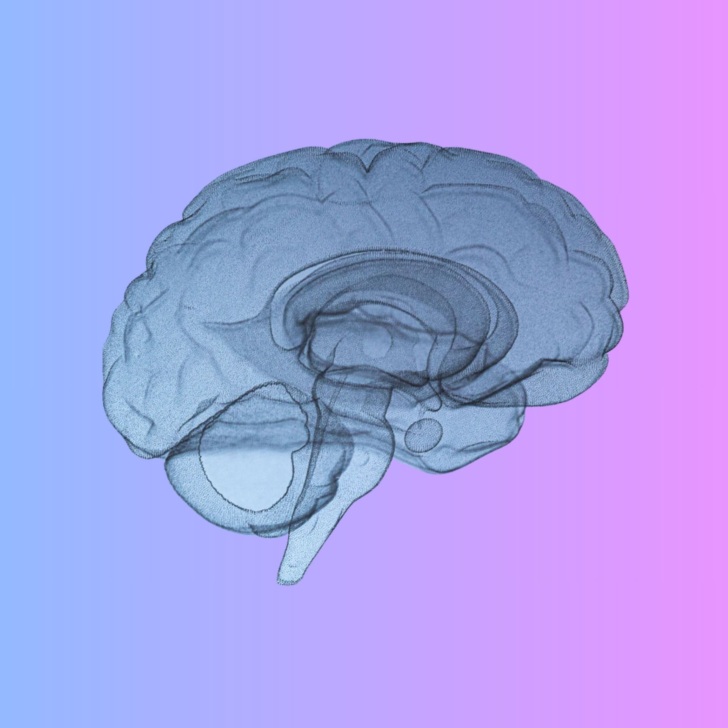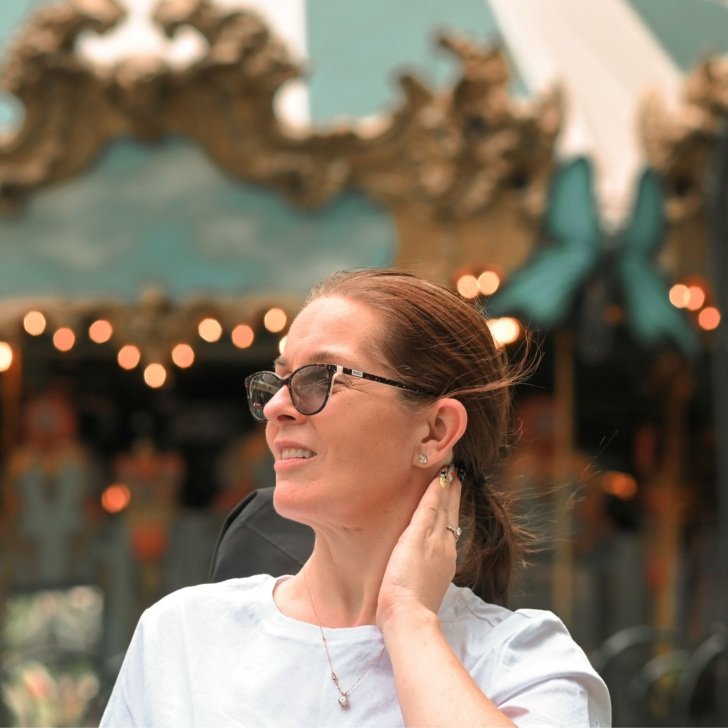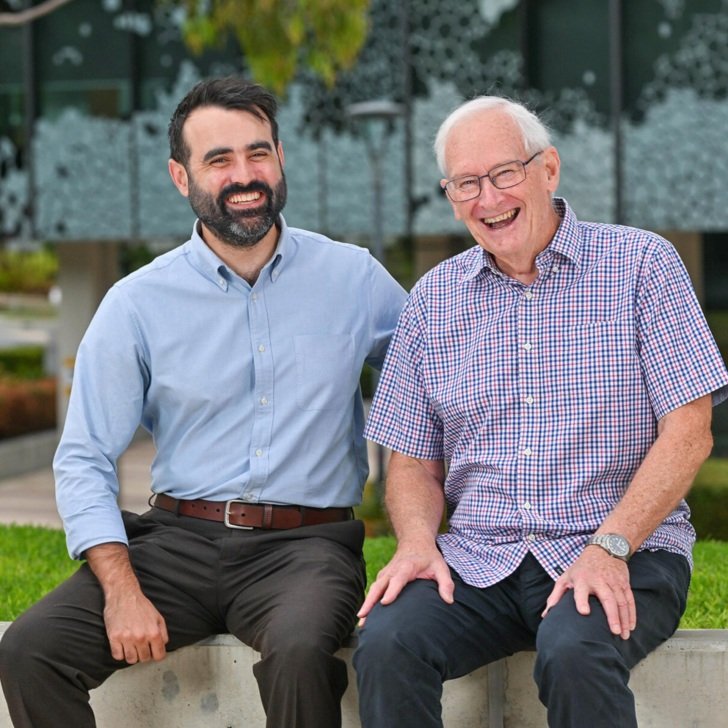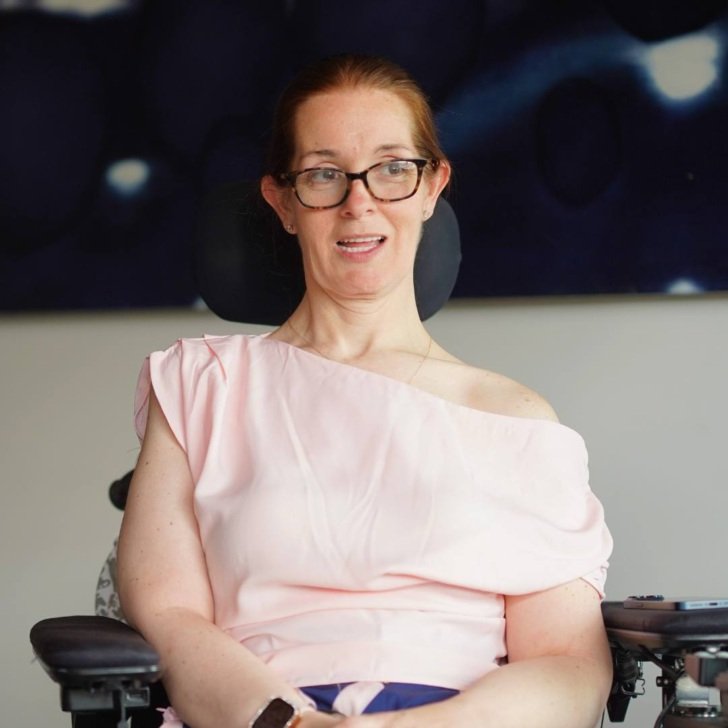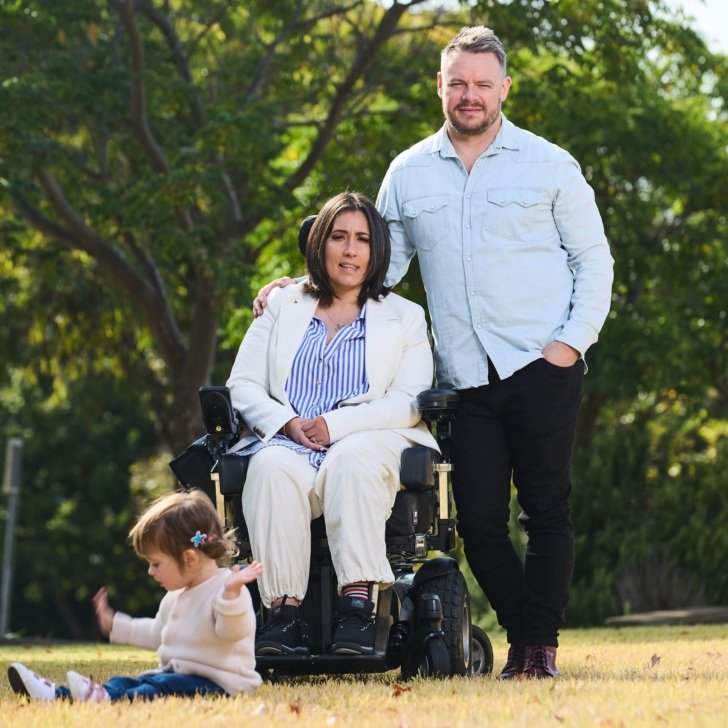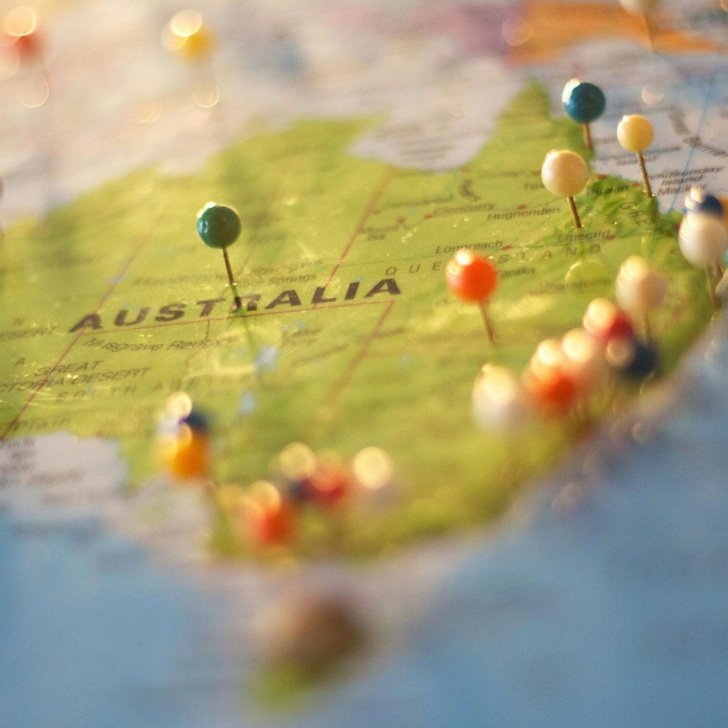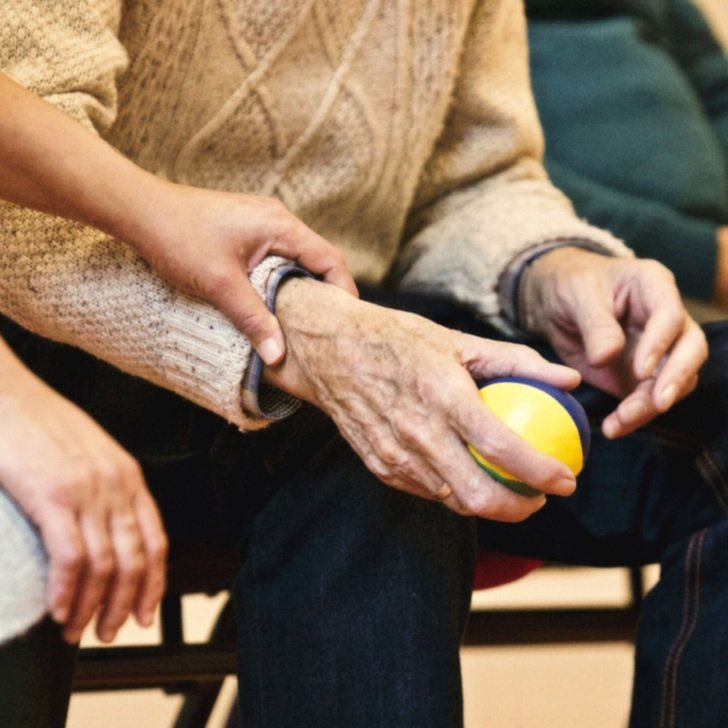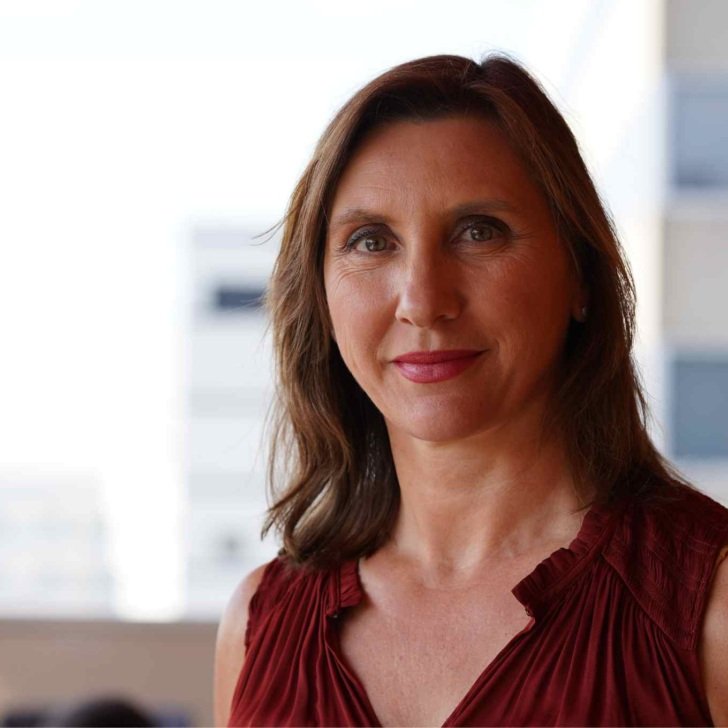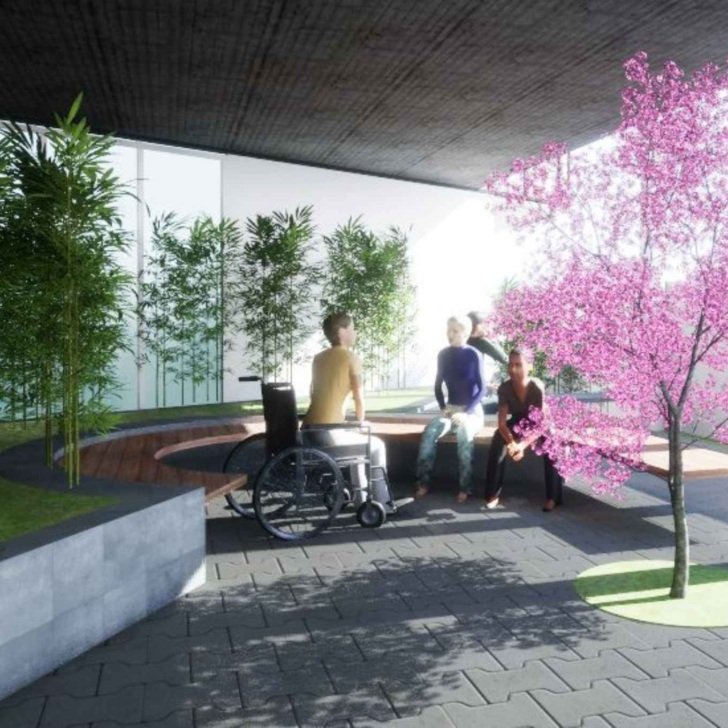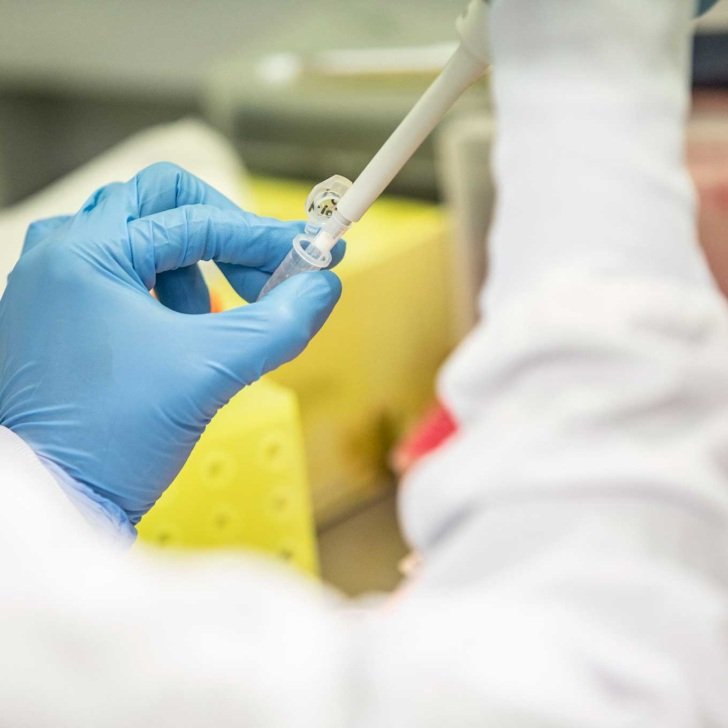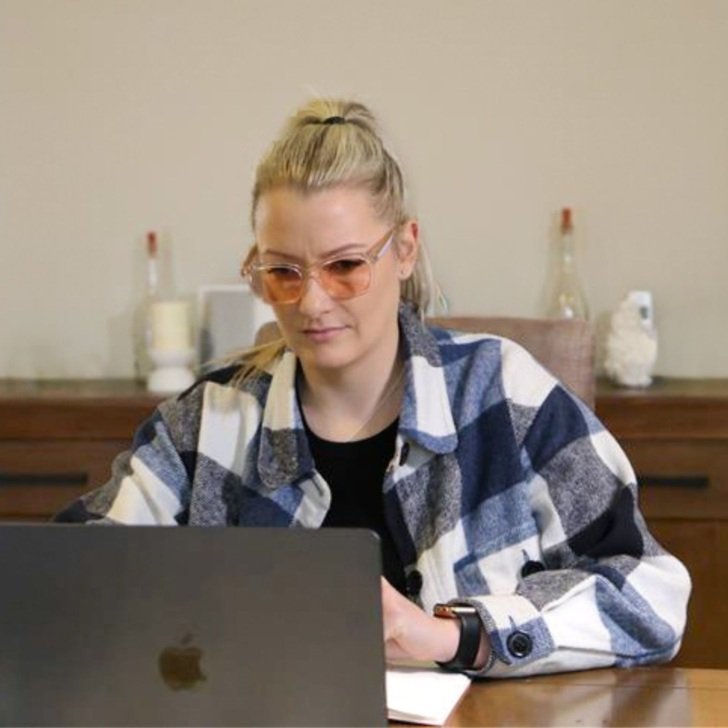
Stroke
A stroke occurs when the supply of blood to the brain is interrupted. There are a number of different kinds of stroke, as the cause of blood supply to the brain being restricted or stopped can vary.
Different areas of the brain are responsible for different functions, such as movement, sensory perception, thinking and feeling. When a stroke occurs, it will depend which area of the brain is affected and how large the stroke is in assessing what long- and short-term symptoms might be. Every stroke is different. Each person affected by stroke will have different symptoms and needs.
How The Florey is making a difference
Real-world outcomes
Transforming healthcare and rehabilitation for people who have had a stroke is a key focus of Translational Research and Neuroimaging Stroke Group.
Research into primary and secondary stroke prevention, acute stroke treatments, and looking at links between atrial fibrillation and stroke in the Young Stroke Systematic Review. The genetics and mechanisms of stroke may help us unravel cryptogenic stroke, especially in younger patients.
Investigating treatment options
People who experience serious, lifelong effects from strokes have limited treatment options. Current medications can prevent further stroke but don’t target ongoing impairments post stroke.
The AVERT Research Group is building and testing treatments that aim to reduce post-stroke disability in international trials.
National stroke registry
For more than a decade the Australian Stroke Clinical Registry (AuSCR) has collected data to guide improvements in best-practice care for people who experience stroke.
Building off this work is a project to develop digital solutions for hospitals to automatically transfer data into a national stroke registry. The registry will provide dynamic clinical insights to improve stroke care and outcomes and will establish solutions for more efficient, tailored and timely data capture.
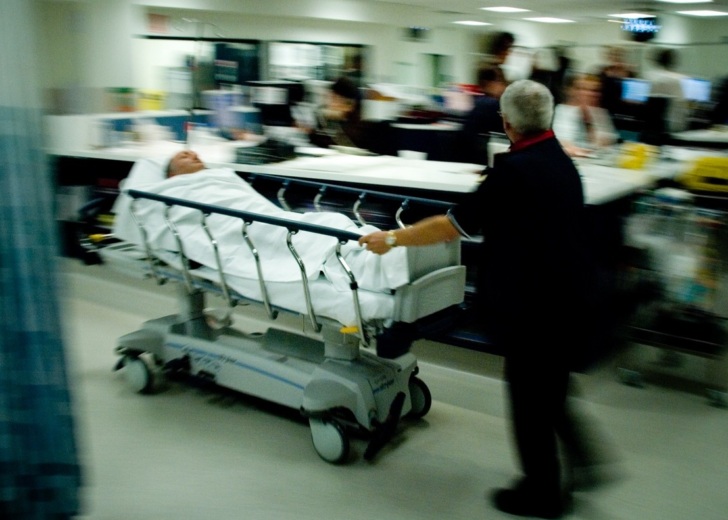
Stroke rehabilitation
Florey researchers work to improve stroke rehabilitation practice and outcomes. The NOVELL Redesign project has developed new ways to design healthcare environments to produce optimal outcomes for patients, visitors and staff.
The SENSe therapy program helps stroke survivors who have experienced sensory loss regain a sense of touch, and provides clinicians with an evidence-based sensory approach that aids accurate and early detection of sensory impairments.
Young Stroke Service
The Young Stroke Service (YSS) aims to better meet the specific needs of young people living with stroke. 88% of Australian stroke survivors aged 18–45 report having unmet needs such as support for returning to work or study. Invisible disabilities, including fatigue and problems with communication and thinking, are common in stroke survivors.
Designed by a team of experts in rehabilitation, neurology, general practice, accessibility and digital health innovation, YSS aims to create a new model of care that supports young people with their recovery and life goals.
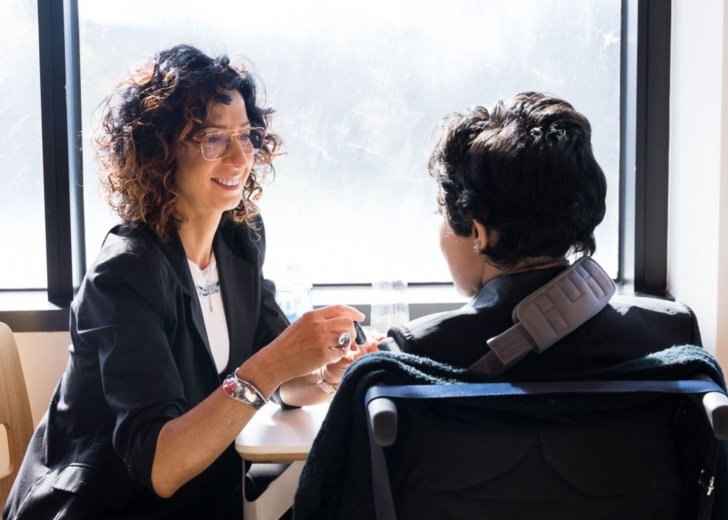
Research projects
- A network of sites and ‘up-skilled’ therapists to deliver best-practice stroke rehabilitation of the upper limb
- Australian Stroke Clinical Registry (AuSCR)
- AVERT | International stroke rehabilitation database for research projects
- AVERT DOSE | Determining the most effective mobility training program early after stroke
- Cerebral Haemodynamics and Orthostatic Response to Upright Posture in Acute Ischaemic Stroke (CHORUS)
Source information
- Stroke Foundation, Top 10 facts about stroke, Accessed July 2024
- Australian Institute of Health and Welfare, Heart, stroke and vascular disease: Australian Facts 2023, accessed July 2024
More information
While The Florey researches stroke, we do not offer medical advice or crisis support. If you suspect a stroke call 000 immediately. For further information contact the Stroke Foundation on 1800 787 653.
Latest news
Latest Florey news on Stroke
